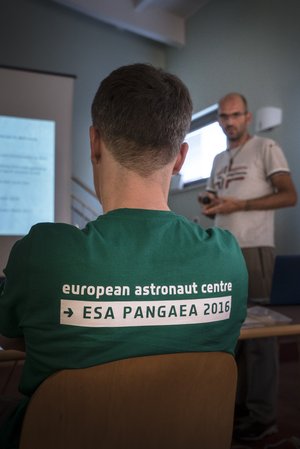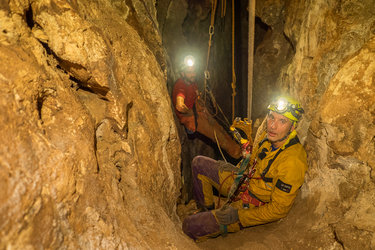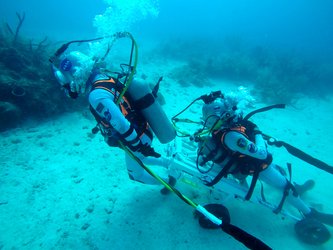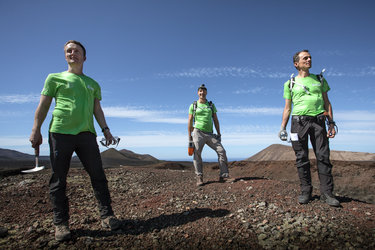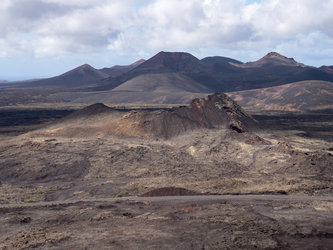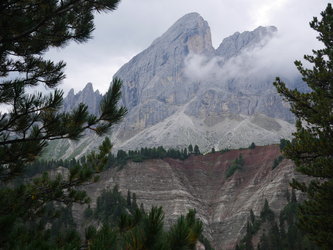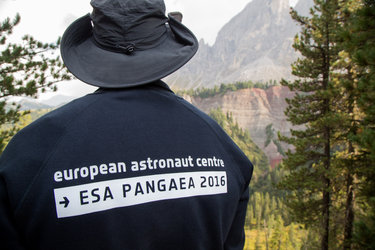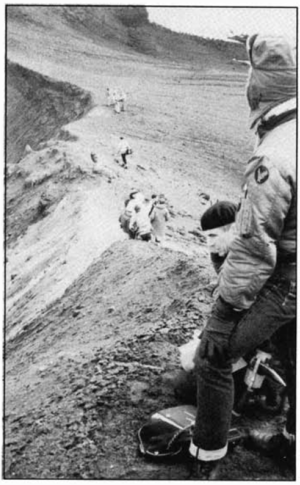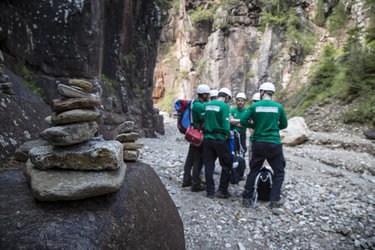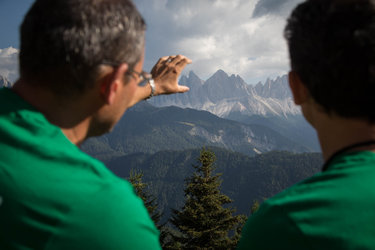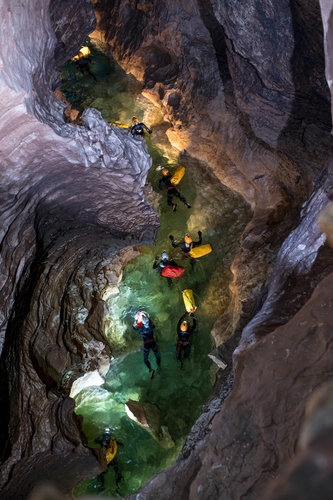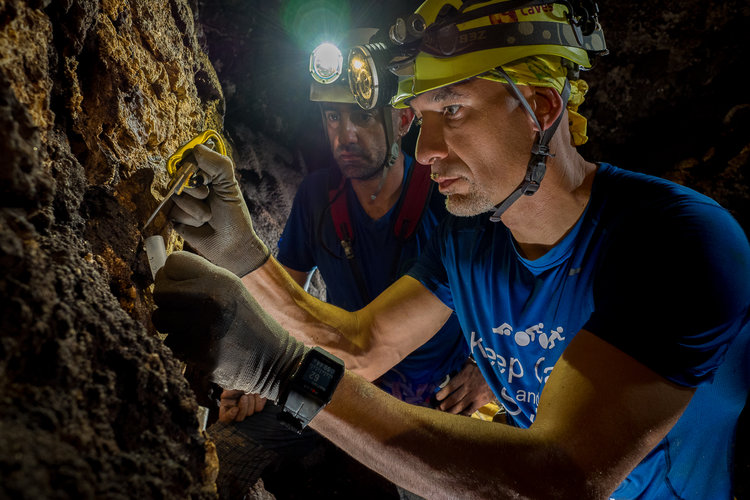What is PANGAEA?
The PANGAEA training course is designed to provide astronauts with the fundamental knowledge and practical skills to be effective field scientists during future planetary exploration missions to the Moon and Mars.

The PANGAEA course offers leading European scientists and geological analogue environments to teach astronauts the basics of field geology and astrobiology. The course has a strong focus on developing skills to identify and document scientifically relevant samples in the field and communicate to ground control using efficient and geologically correct language. This teaches PANGAEA trainees to become both autonomous field scientists and effective counterparts to the ground science teams that support scientific exploration in space.
Goals
- Learn about the geological processes of Earth, Moon, Mars and asteroids.
- Develop skills to identify geological features, perform efficient sampling and report to ground control concisely and correctly.
- Recognise and describe environments that could host extra-terrestrial life.
Course structure and locations
The course is split into four sessions. These consist of:
- Fundamentals of Earth and planetary geology, Martian sedimentary geology and surface processes through field trips in Bletterbach Canyon, Italy,
- Lunar geology and impact cratering at the Nördlinger Ries crater, Germany,
- Training in field geological traverses and astrobiology in the pristine volcanic terrains of Lanzarote, Spain.
- Magma differentiation and the lunar highlands in Lofoten, Norway.
Technology for planetary exploration
In addition to its core training focus, Pangaea works to develop exploration technologies, such as the Electronic Field Book and the Mineralogical Database, which augment its core training activities and aim to enhance future exploration missions to the Moon and Mars. A spin-off programme, Pangaea-X, makes use of the analogue environments from the training to test and develop technologies and operations for planetary exploration.















 Germany
Germany
 Austria
Austria
 Belgium
Belgium
 Denmark
Denmark
 Spain
Spain
 Estonia
Estonia
 Finland
Finland
 France
France
 Greece
Greece
 Hungary
Hungary
 Ireland
Ireland
 Italy
Italy
 Luxembourg
Luxembourg
 Norway
Norway
 The Netherlands
The Netherlands
 Poland
Poland
 Portugal
Portugal
 Czechia
Czechia
 Romania
Romania
 United Kingdom
United Kingdom
 Slovenia
Slovenia
 Sweden
Sweden
 Switzerland
Switzerland



























